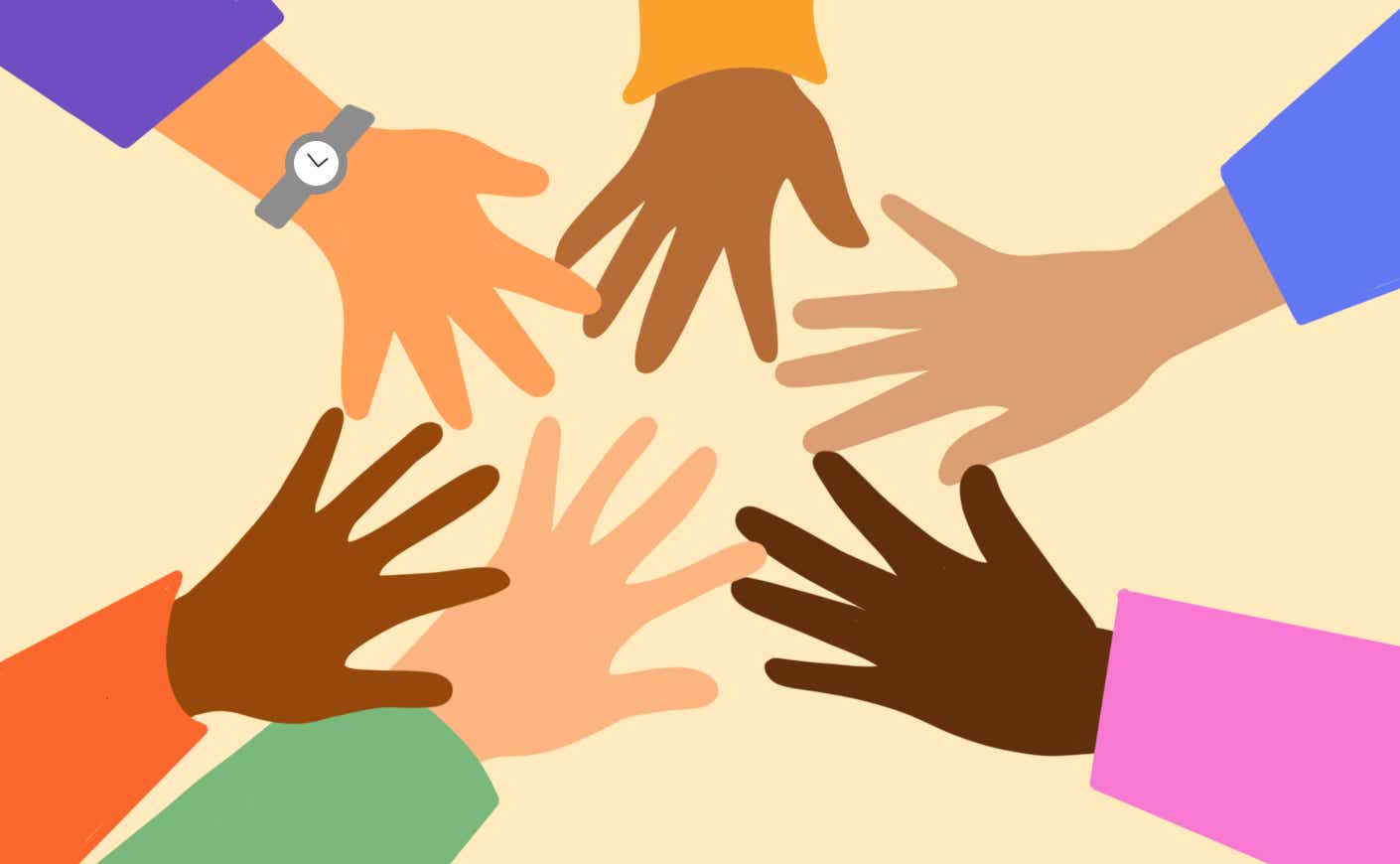When it comes to your workplace, do you feel like you truly belong? And more importantly, do you think your colleagues feel that way, too?
We all do our best work when we’re comfortable in our professional environment, and in a perfect world, that sense of belonging would come naturally to everyone. But the reality is that for the entire team to perform at their highest level, we must be purposeful about welcoming and truly supporting colleagues who are different from us.
The ways in which we might differ from our colleagues — whether it be race, gender, age, sexuality, religion, or something else entirely — are essential parts of identity, which means they can be sensitive topics, especially at work. But digging deep to understand those complicated dynamics is crucial to a high-functioning office. That’s why workplace diversity expert Kim Crowder is committed to helping coworkers have those tough but necessary conversations.
“The goal is not to try to brush over the ways that we see things differently,” Crowder says. “What we encourage people to do is notice the differences — and to see those as benefits.”
Not only is that simply the right thing to do, but it also makes business sense. Bringing together voices from varied backgrounds is one of the best ways to build success.
“Differences are what get you to that increased level of innovation,” Crowder says. “Companies that champion diversity have a 25 percent higher chance of financially outperforming those that don’t. So if you look at the person next to you as a whole human being and make sure you see their differences as a benefit, you’re more likely to outperform your competitor.”
But it’s not about paying lip service to the idea of diversifying at work — or hiring a few people who look different than the rest of the team for the sake of checking boxes. To better understand how employees at any level can do their part, we checked in with experts who are doing the work every day for some invaluable guidance.
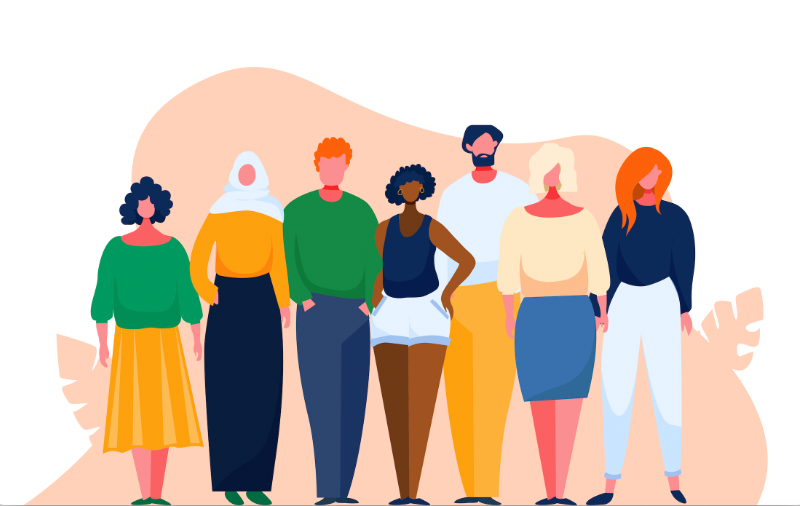
First things first: what exactly does “diversity and inclusion” mean?
These phrases get tossed around a lot these days, and our heightened awareness of them is a good thing. But one of the fundamental parts of this conversation is that we all come to it from our own backgrounds, with our own assumptions. In her consulting work, Crowder strives to clearly define these goals to get everyone on the same page.
Diversity, she explains, means “having people of different identities in abundance.” It’s about ensuring that a workplace includes those who have been historically excluded.
“Diversity is often about recruitment,’” Crowder says — but she adds an illuminating statistic: Multicultural women are 50 percent more likely to think about leaving an organization within two years of being hired. “We need them to be in a workplace where they can thrive,” Crowder says. “We want to move forward to inclusion so that when they get there, they stay there.”
She adds two more important concepts to this conversation: equity and justice.
The first is about breaking up the clusters of sameness at the executive level in companies where those multicultural hires might be boxed into lower-level roles. “Equity is flipping that over and starting to see more intersectional identities in those decision-making places, where they can actually start to have the power to move things forward.”
And finally, justice: Companies achieve this with a “360-degree” perspective that makes diversity, inclusion, and equity a part of all their operations — how they hire new vendors, where they spend money, how they liaise with the community.
“It’s really digging into how they look at this in everything that they do — every practice, every decision,” Crowder says. “How does this become a part of the overall mission of the company, not just in the HR space?”
That’s the approach at the biotech company Genentech. There, these goals formerly fell under the umbrella of human resources, but that’s changed.
“It just felt like [HR] was not the right place for it, at least for our organization, because we really wanted it to be broader,” explains Cynthia Burks, Genentech’s chief people and culture officer. “We want everyone, no matter what they’re doing, to see it.”
Now Burks works closely with Quita Highsmith, Genentech’s chief diversity officer, to assert the company’s ambitious inclusion goals into the very fiber of their culture. Last year, they asked every vice president at the company to develop a diversity and inclusion plan specifically tailored to their own departments, and they got 99 percent participation.
“Now every employee can look at any of the leaders in the company to say, ‘Here’s what they’re doing around driving diversity and inclusion,’ and I think that type of accountability is what employees are looking for,” Highsmith says.
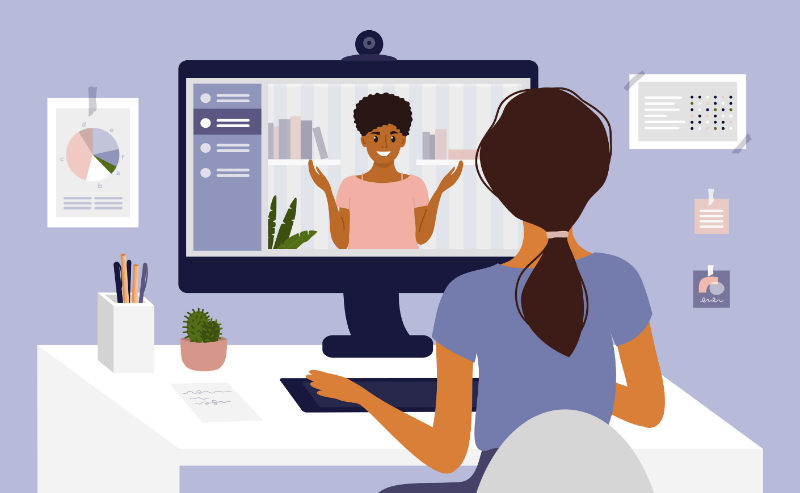
Rethinking recruiting
One way to support this mission is to do some self-reflection about how your team finds new talent. When Genentech undertook a thorough audit of its own practices, chief people and culture officer Burks says they had “a big a-ha” moment about the employee referral program.
“On one hand, you think, ‘Oh great, we’ll get people that know how great this place is to refer others,’” Burks explains. “Well, then you’re just going to keep on getting people like the people you have here. We didn’t realize how that might have been contributing to our not bringing in people with different backgrounds or from different schools.”
As a result, Genentech “reimagined and expanded” its referral program to offer more incentives for referrals of senior roles that contribute to their biggest commitments, such as doubling the representation of Black and Latinx representation among their leadership by 2025.
This is also top of mind for Michelle Rodriguez, the director of diversity, inclusion, and belonging at LinkedIn. She pushes her team — and everyone at the company — to be intentional about building networks with people who are different from themselves.
“Ask yourself: Who are the people I go to for career advice? Who am I learning from? What podcasts am I listening to?” Rodriguez says. “And critically reflect on whether that circle of influence is actually reflective of new ideas that you need to be exposed to.”
This work takes us out of our comfort zones, but it’s actually more attainable now than ever before. “The advantage of LinkedIn, and honestly, just living in 2021, is that we’re literally a Zoom away from anyone in the world,” Rodriguez says.
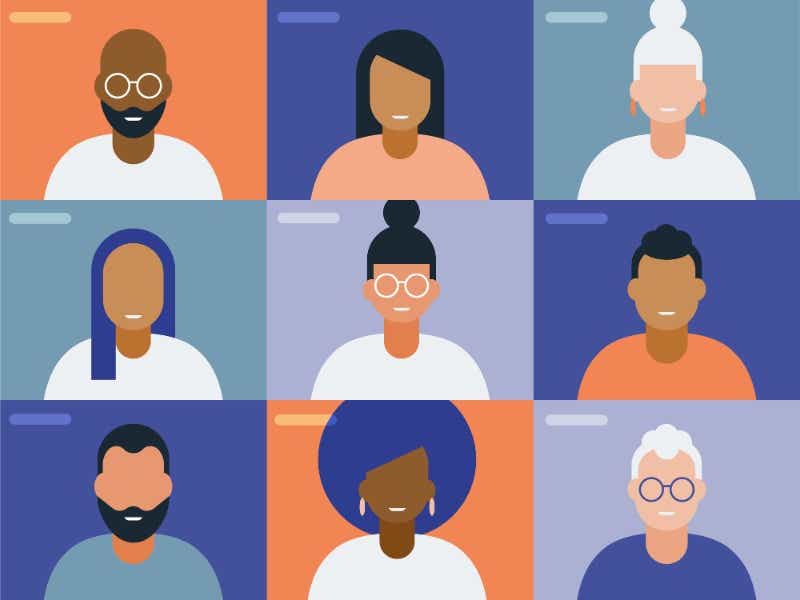
The benefits — and barriers — of remote work
The professional transformations brought about by the Covid-19 pandemic (“the great reshuffle,” as Rodriguez calls it) have changed not only who we have access to, but how that access manifests itself. And there are concrete advantages to that, says Highsmith.
“One of the things that has leveled the playing field around being inclusive is actually sitting in these boxes [on Zoom],” she says. “If you think about when you’re on campus and you go to a meeting, the senior person sits in a certain spot in the room, and everybody else sits around them. I do feel like, to a certain extent, the virtual world has made us a little bit more equal.”
The way remote work expands our horizons also introduces new opportunities for difference in the workplace. For example, more employees may be working alongside someone with an accent they’re not accustomed to.
Crowder’s advice there is to focus on “adjusting your ability to understand the accent instead of expecting them to speak English the way that you speak it.” Rather than exhausting your colleague by making them repeat themselves, take notes and put the onus on yourself to ask if you’ve understood correctly. “Then you can mirror it back and say, ‘Did I hear this properly? Is this what you were saying?’ You give the person the opportunity to fill in the gap where you missed things.”
She also recommends following up on meetings with an email to sum it all up in print, ensuring everyone shares the same takeaways.

Understanding discrimination
Here’s another example of a deeply important word that may not be understood in the same way by all.
“What the Equal Employment Opportunity Commission considers discrimination is often extremely egregious, where we would all say, ‘Yeah, that’s absolutely discrimination,’” Crowder says. But that official definition may not account for every level of discrimination that people experience.
For instance: “When I was working in corporate America and I was a director in the C-suite,” Crowder recalls, “I had one of our vendors come in and say, ‘Oh, I see you changed your hair. Did you add something? Is that a weave, or is that yours?’ And so, by the EEOC, that’s not necessarily discriminatory. But that’s problematic. And he said that in front of other team members, so all of a sudden I’m put on the spot.”
These kinds of small but impactful interactions are part of the often unrecognized burden on underrepresented groups, which makes their work even harder.
“A little microaggression can build over time,” says Rodriguez. ”If someone’s constantly asked something they’re uncomfortable with, they may not have the power or the voice to be able to say, ‘Hey, that was hurtful.’”
Attempting to avoid these microaggressions also leads to “covering,” when people downplay parts of their identities in order to fit in. That brings even more emotional labor to the office.
“You may be hiding different parts of yourself because you don’t want to be judged,” Rodriguez says. “Those are the things we want to avoid so that extra energy is not placed on covering, but more on the projects at hand.”

More ways to be an ally in the workplace
At LinkedIn, Rodriguez and her team have recently been thinking a lot about how to best accommodate employees of different faiths. They’re taking a closer look at statistics about the shifting interpersonal dynamics between religion and age, and one thing they’ve found is that the average Muslim in the U.S. is in their 30s, whereas the average age for white Christians is nearing 60.
“In our grandparents’ era, it was like, ‘You don’t talk about race at work, you don’t talk about politics or faith,’ and now that’s off the table,” she says. “If I have an employee who needs to pray five times a day, I need to honor that and make space for it and understand their different schedule because that’s the way they need to show up to work.”
Rodriguez’s team is also thinking about how those faith-based considerations extend to when the company hosts offsite meetings, what kind of food and drink is served at holiday parties, and how the yearly change in dates for Ramadan affects scheduling.
At Genentech, Highsmith and Burks have been fostering conversations around news events that touch on sensitive aspects of race. The company hosted “dialogue circles” for employees to discuss things like George Floyd’s murder and the proliferation of hate crimes against Asians, and they’ve invited illustrious speakers to shed light on those issues.
“It normalizes that we can talk about things in the workplace,” Burks says. “It normalizes that we can use the word ‘Black’ and not wonder, ‘OK, should I say “Black”?’ And then people can find their way to figure out how they want to contribute to this.”
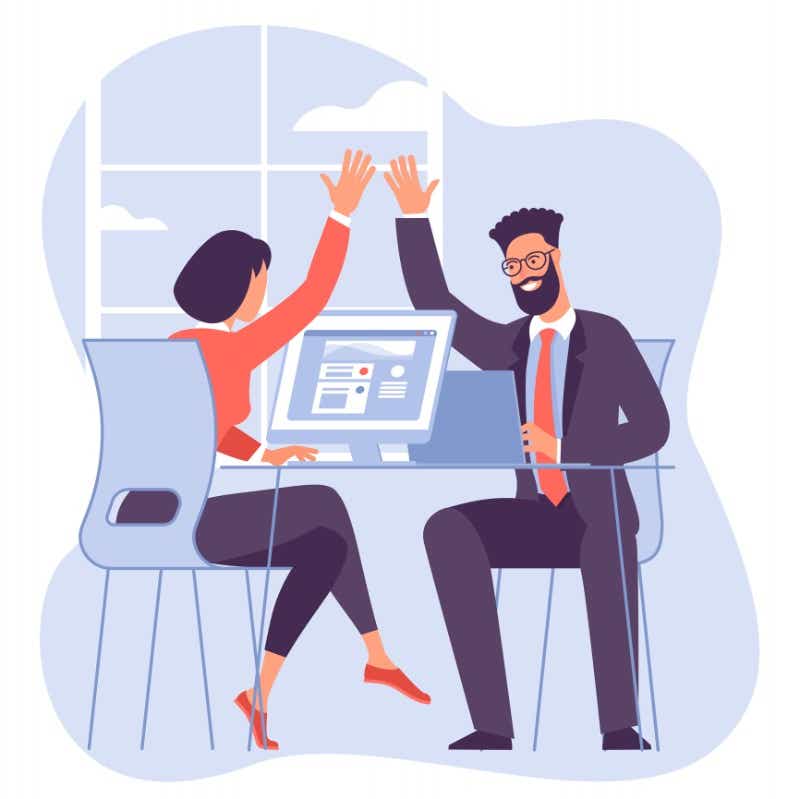
What’s working
Those conversations at Genentech about George Floyd were healthy not only for the staff, but also for executives like Burks. At the height of the reaction to Floyd’s death, she got a phone call from the company’s CEO, Alexander Hardy.
“I picked up the phone, and I was shocked,” she recalls. She thought he’d be calling with an urgent request about responding to the news. “But he just wanted to know how I was feeling. He said, ‘I know you have three sons. This must be really hard for you.’ And I still get emotional when I think about it because in that moment, I felt seen like I have never felt seen before.”
Rodriguez also shared a memory of support that changed her for the better. While at LinkedIn, she was attending an executive meeting with her manager, and she was the most junior person there.
“I’m a little bit shaking in my boots, but I know the topic at hand and I have my ideas,” she recalls. “But I am a Latina woman in this workplace, and sometimes I’m the one and only in the room. In that instance, I definitely was.”
During the conversation, someone directed a question to her manager. Rather than answering himself, “he paused and said, ‘You know, I’d really love for Michelle to answer that, because she’s the true expert in the room.’”
Watching someone in a position of power turn the spotlight to herself, someone who back then might not otherwise have gotten it, transformed Rodriguez’s understanding of how to elevate others who need a boost.
“Those are moments of micro-allyship that do make a big difference in people’s careers because you’re understanding how to change the way someone is seen in a room,” she says. “These moments are so small, but you have to capture them.”







